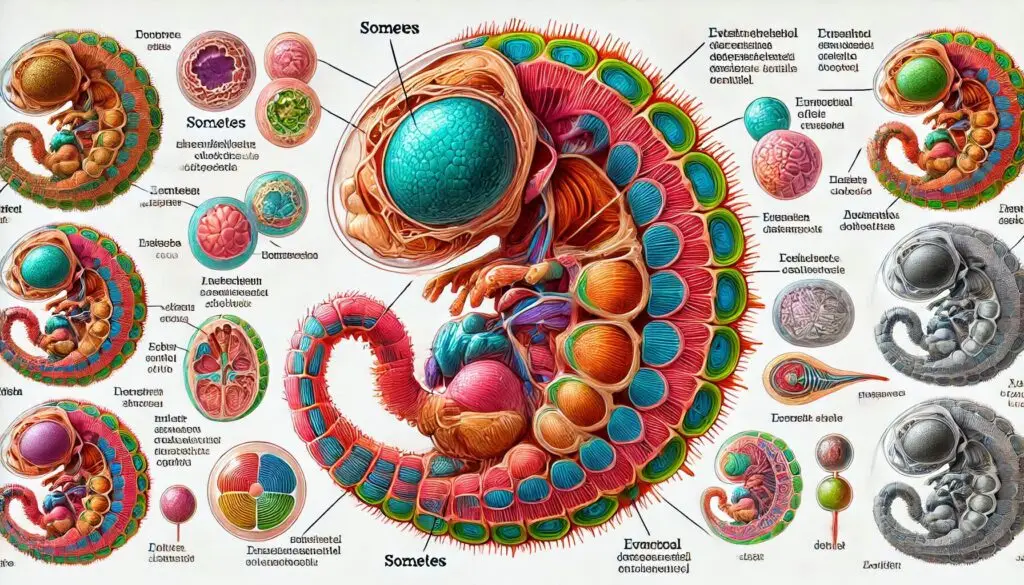Bird Fertilization

Introduction to Bird Fertilization
Fertilization is a vital process in the life cycle of birds. It involves the union of sperm and egg cells to create new life. This article delves into how fertilization occurs in birds, highlighting the unique aspects of avian reproduction. We will explore courtship behaviors, mating rituals, and the development of eggs.
The Importance of Fertilization in Birds
Fertilization is essential for the continuation of bird species. It ensures genetic diversity and the survival of populations. Understanding how this process works can enhance our appreciation for avian life. For more detailed insights into bird reproduction, check out BirdLife International.
Courtship Behaviors
What is Courtship?
Courtship refers to the behaviors that birds display to attract mates. These behaviors can include singing, dancing, and displaying colorful feathers. Each species has its own unique rituals.
Why is Courtship Important?
Courtship helps ensure that only the healthiest and most fit individuals mate. This increases the chances of survival for the offspring. For example, male peacocks show off their vibrant tails to attract females. The more impressive the display, the more likely they are to mate.
Mating Process
Cloacal Copulation
Birds have a cloaca, a single opening used for excretion and reproduction. During mating, known as cloacal copulation, males transfer sperm to females through this opening. This process is quick but critical for successful fertilization.
Sperm Transfer Mechanism
The male bird mounts the female from behind and aligns their cloacas. Sperm is then transferred directly into the female’s reproductive tract. This method ensures that sperm reaches the egg efficiently.
Internal Fertilization
Unlike many aquatic animals that use external fertilization, birds rely on internal fertilization. This method offers several advantages:
- Protection: The developing embryo is protected inside the female’s body until it is ready to be laid.
- Control: Females can control when to fertilize eggs using stored sperm.
For more information on internal fertilization in animals, visit National Geographic.
Egg Development Process
Once fertilization occurs, the egg begins its development journey.
Formation of Egg Components
- Fertilized Egg: The fertilized egg starts as a single cell but quickly divides.
- Albumen Formation: As it moves through the oviduct, layers of albumen (egg white) form around it.
- Shell Formation: Finally, a hard shell develops around the egg in the uterus.
This entire process can take about 24 hours before the egg is laid.
The Role of Albumen
Albumen serves several purposes:
- It provides water and protein to the developing embryo.
- It acts as a cushion to protect the embryo from shocks.
Laying Eggs
After development, female birds lay eggs in nests. The timing can vary based on environmental conditions and species behavior. Some birds may lay one egg daily until their clutch is complete.
Unique Aspects of Avian Fertilization
Birds exhibit several unique adaptations related to fertilization that enhance their reproductive success.
Sperm Storage Mechanisms
Many female birds can store sperm after mating. Specialized structures called sperm storage tubules allow females to keep sperm viable for extended periods. This adaptation enables them to fertilize eggs even weeks after mating.
Benefits of Sperm Storage
- Flexibility: Females can choose when to fertilize their eggs based on environmental conditions.
- Genetic Diversity: Females can mate with multiple males and store their sperm, increasing genetic diversity among offspring.
For further reading on sperm storage in birds, refer to ScienceDirect.
Polyspermy in Birds
Polyspermy occurs when multiple sperm penetrate an egg during fertilization. While many species prevent this from happening, birds can allow several sperm to enter an egg simultaneously. This phenomenon is crucial for activating embryo development due to the size of avian eggs.
Chemical Factors Involved
Research indicates that certain chemicals produced by male birds enhance sperm mobility. Prostaglandin F2α (PGF2α) plays a significant role in this process by improving sperm transport within the female reproductive tract.
Conclusion
Fertilization in birds is a complex yet fascinating process involving courtship behaviors, mating rituals, and unique reproductive adaptations. Understanding these mechanisms not only enhances our knowledge of avian biology but also emphasizes the importance of conservation efforts for these remarkable creatures.
For additional information about bird reproduction and conservation efforts worldwide, visit The Cornell Lab of Ornithology.
More from Veterinary Anatomy:
Skin of Farm Animals





Responses